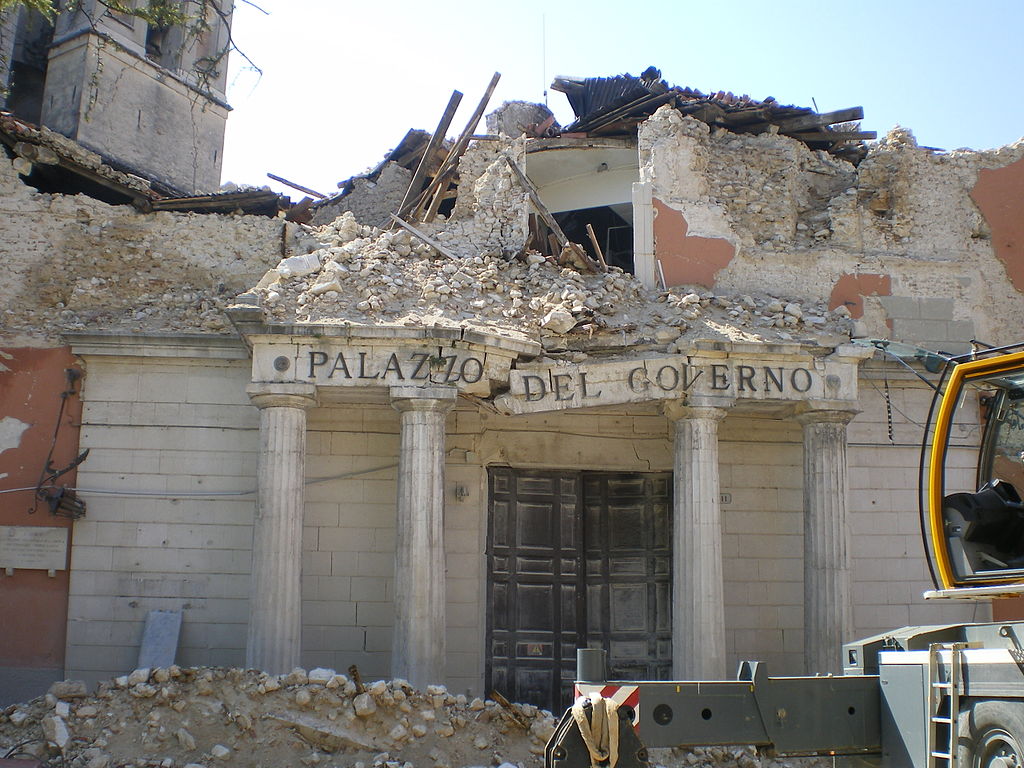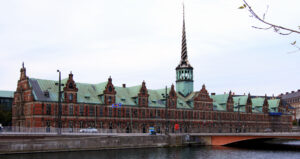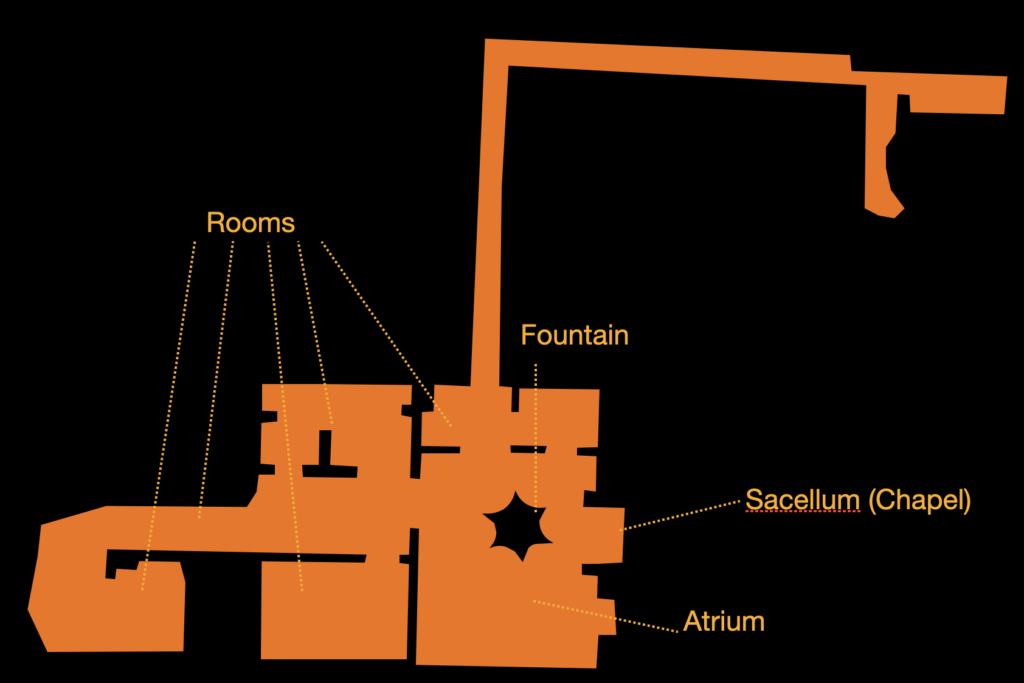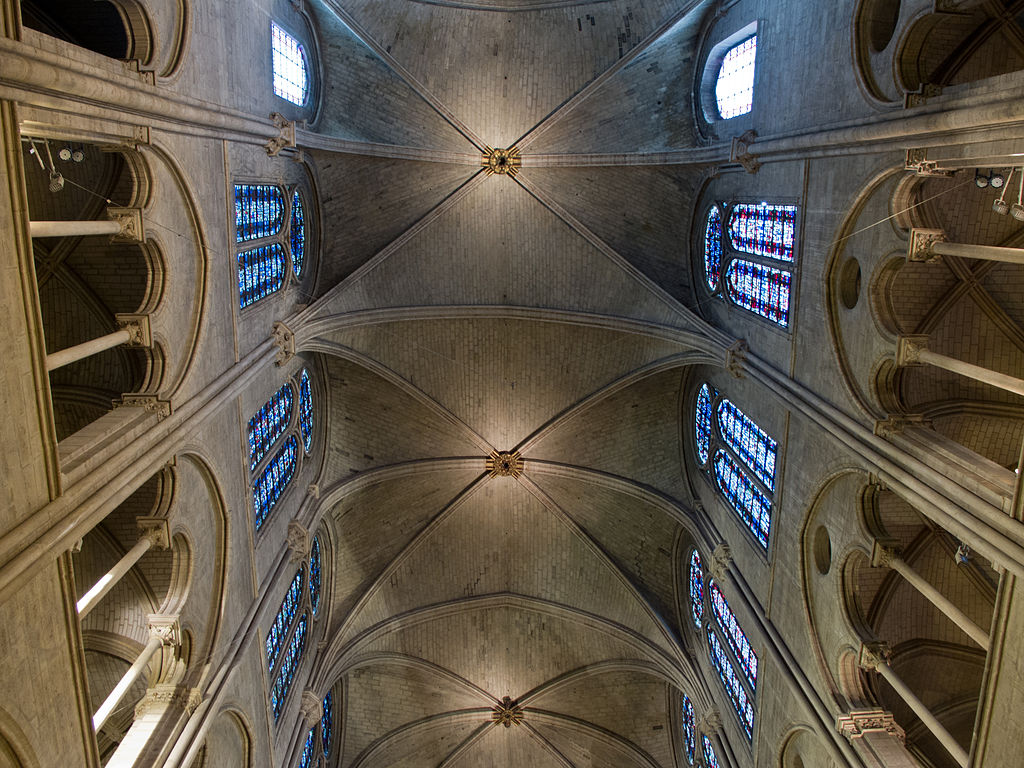How Much to Recover An Earthquake Destroyed City?
On April 6, 2009, an earthquake struck Abruzzo, a region in central Italy, with an epicenter near L’Aquila, the regional capital. The earthquake measured 5.8 or 5.9 on the Richter magnitude scale and 6.3 on the moment magnitude scale, causing significant damage to surrounding villages. There were a number of foreshocks and aftershocks since December 2008, with over thirty having a Richter magnitude greater than 3.5.

The earthquake was felt throughout central Italy, resulting in 308 deaths, making it the deadliest earthquake to hit Italy since the 1980 Irpinia earthquake. As of April 2022, the reconstruction efforts in L’Aquila city and the affected region were at 72%. The earthquake highlighted the need for
improved building codes and emergency preparedness measures to minimize damage and loss of life during seismic events.
Among the most notable buildings that were damaged or destroyed were the Basilica di San Bernardino, the Castello Aragonese, and the Palazzo Margherita. The Basilica di San Bernardino, a stunning example of Renaissance architecture, had its bell tower collapse during the earthquake, while the Castello Aragonese, a medieval castle that had been converted into a museum, suffered significant damage to its walls and structures.
The Palazzo Margherita, a beautiful 16th-century palace that housed the city’s museum, was also severely damaged, with parts of its facade collapsing onto the street below.
Lists of damaged property, the type of damage and the charges for making it safe are difficult, if not impossible, to find. but, to get an idea of how much has been lost, you need to look through the partial lists that appear on the institutional websites of the entities that took part in the emergency operations.
According to the latest estimates disclosed, 1.400 monuments were subject to protection restrictions, among of the churches, palaces and other types (walls, towers, fountains, archaeological sites, villages, etc.) for which a summary damage report was carried out. In this regard, it should be noted that the majority of the buildings surveyed are located in the historic center of L’Aquila (where the listed buildings are 250) and that approximately half of the churches in the sample are located in the province.
As regards the conditions of usability of the assets in question, only 24% are usable, while the remaining 51% were assessed as unusable.
The usability conditions found in the buildings in the sample differ between churches and palaces, as the data shows that approximately 37% of the churches are unusable; while in the case of buildings (the sample is mostly made up of buildings in the historic center of L’Aquila), the percentage of unusable ones is much higher (around 74%)
The National Museum of Abruzzo, housed in a 16th-century castle, suffered significant damage, with the third floor collapsing. The Baroque church of St Augustine, which had been rebuilt after being destroyed in the 1703 earthquake, was also damaged by the recent quake. The Cathedral of L’Aquila sustained damage to its transept, with further damage possible due to the aftershocks.
According to reports, the total sum allocated is €18 billion for the reconstruction of the city, which included the restoration of historic buildings, the construction of new buildings, and the rebuilding of infrastructure. Of this amount, an unspecified portion was earmarked specifically for the restoration of cultural heritage buildings, including churches, palaces and other historic structures.
The cost of restoring each building varied depending on the extent of the damage and the complexity of the repairs required. For example, the restoration of the Basilica di San Bernardino, which was severely damaged in the earthquake, cost an estimated €10 million.
The restoration of the Castello Aragonese, a medieval castle that had been converted into a museum, cost an estimated €5 million.
The cost of the reconstruction efforts was not limited to the buildings themselves but also included the cost of new infrastructure, such as roads, bridges, and utilities. The total cost of the reconstruction efforts, including the restoration of historic buildings, was estimated to be in the range of €2-3 billion.
The funding for the reconstruction efforts came from a combination of sources, including the Italian government, the European Union, and private donations. T
he Italian government provided the majority of the funding, with the European Union also contributing a significant amount. Private donations, including those from individuals and organizations, also played a role in funding the reconstruction efforts.





